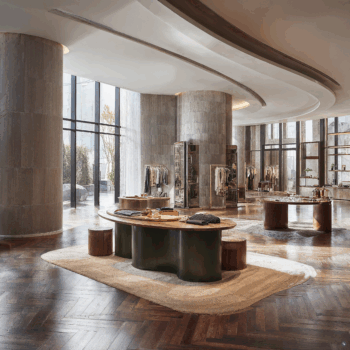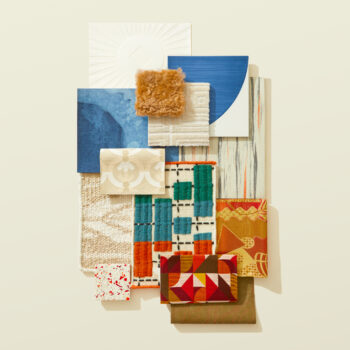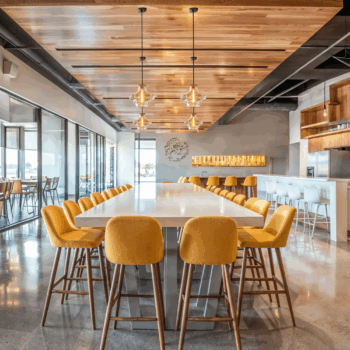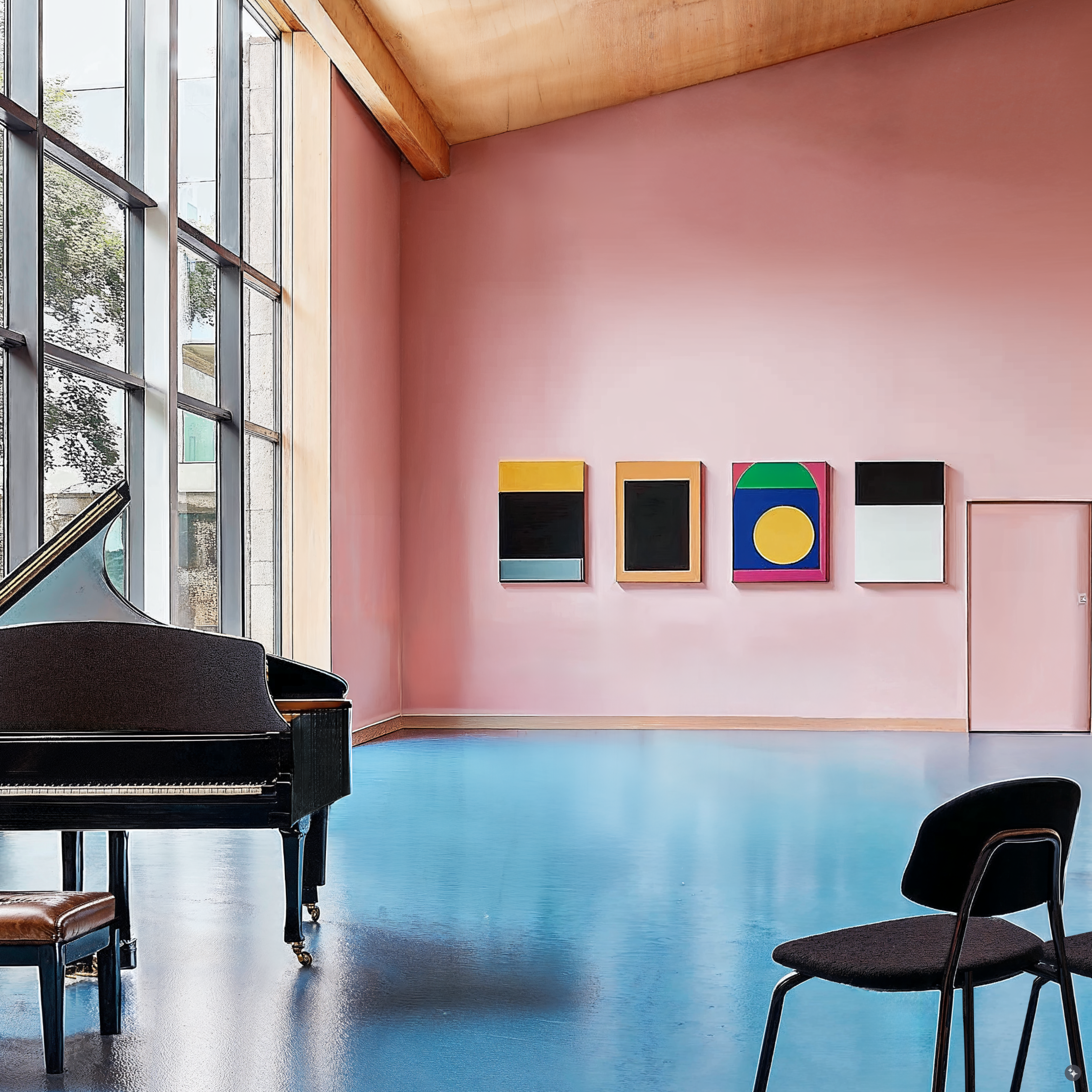
Postmodern music halls in educational settings challenge the uniformity of traditional institutional design by embracing bold color, layered materials, and playful form. These spaces reflect a fusion of artistic experimentation and architectural expression, where asymmetry, eclecticism, and pop-cultural references create a stimulating backdrop for musical growth.
In contrast to minimalist, utilitarian rehearsal rooms, postmodern music halls are rich in visual and tactile variety. Concrete walls might be punctuated with saturated acoustic panels, while ceilings become expressive with exposed trusses, industrial lighting, or graphic murals. Sculptural soundproofing elements double as art pieces. Colors range from soft lilac and ochre to electric teal or salmon pink, offering vibrant contrast and emotional energy.
Designers borrow freely from visual genres—Memphis-style patterns, fragmented classical ornamentation, and pop-art references appear in wallcoverings, furniture, and signage. Musical symbolism is reinterpreted: think neon clefs, geometric notes, or murals that blur high and low art. Repurposed materials and modular furnishings enhance flexibility, allowing the space to support solo practice, ensemble sessions, and informal gatherings.
Functionality remains essential. Acoustic performance is carefully engineered into every surface, ensuring reverberation, absorption, and clarity. Yet these technical demands are never at the expense of personality or expression.
By reimagining music halls as spaces of visual and creative engagement, postmodern design invites students to connect with sound and space in bold, unconventional ways. These are rooms where experimentation is encouraged and where architectural flair fuels the rhythm of daily practice.
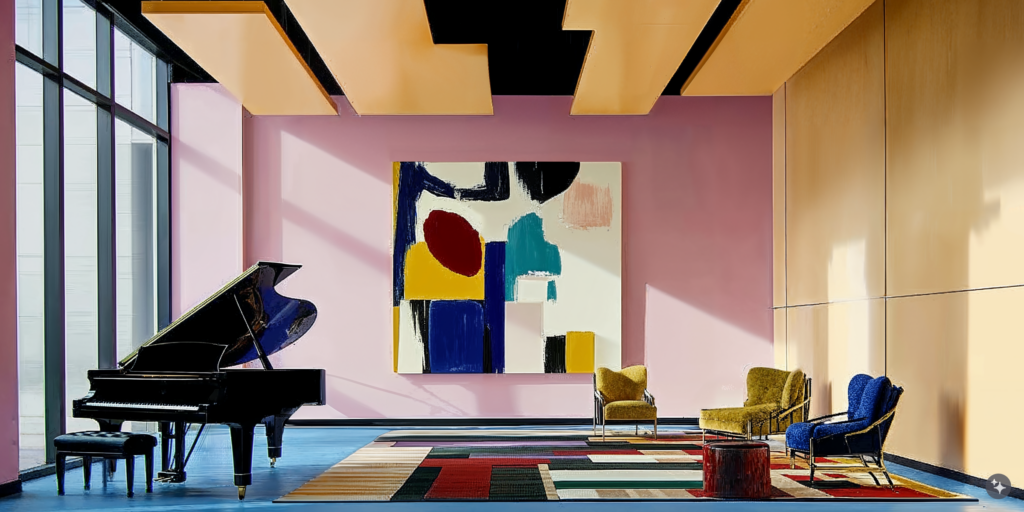
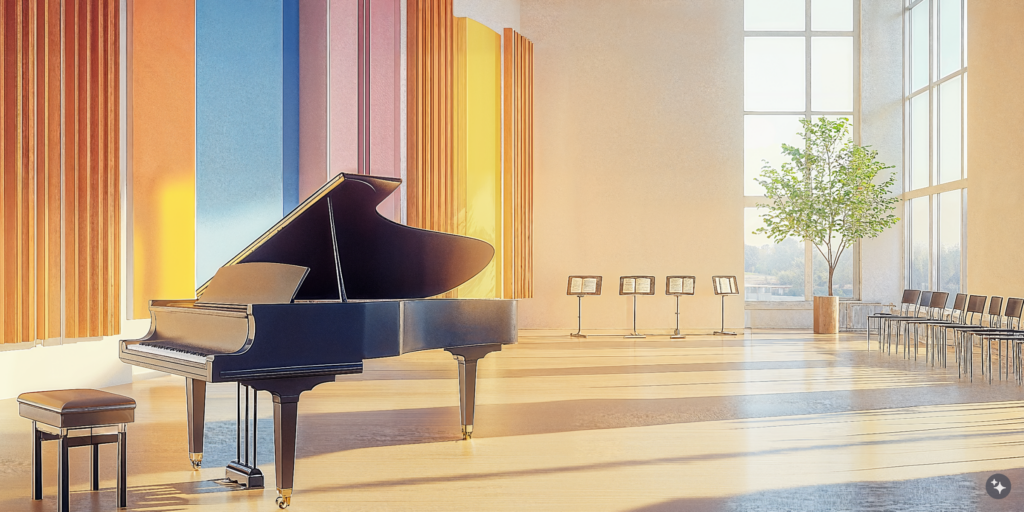
Looking for a more subtle performance space? Check out our article on Scandinavian Concert Halls.





